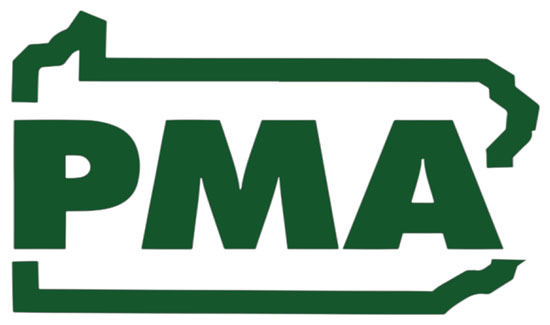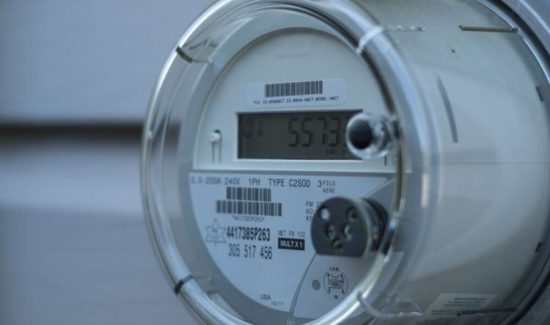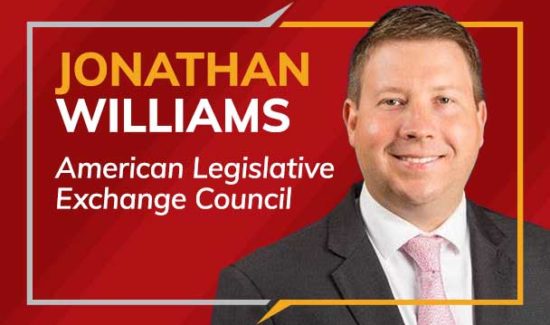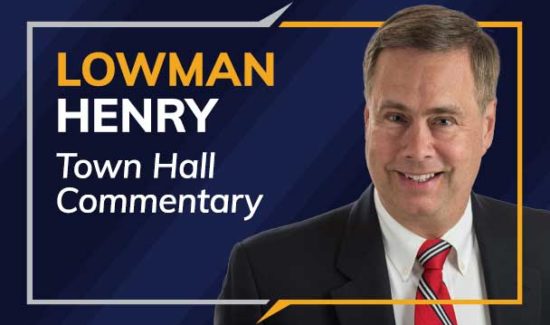Facing Budget Shortfall Lawmakers Should Fight Tax Increases

Back in September, a broad cross section of the commonwealth’s top job creators sent state lawmakers and Governor Tom Wolf a preemptive, cautionary letter urging them not to slap the energy industry with new, additional taxes to balance the remaining portion of the state budget left hanging by the quick onset of the pandemic in the spring. The letter from the “Stop New Energy Taxes” coalition, of which PMA is a member, reminded state officials that a robust energy industry in Pennsylvania is key to bringing the commonwealth’s economy back once the punishing lockdown orders are completely lifted.
“Any additional tax would dampen investment into what should be one of the state’s brightest spots for growth — an abundant supply of natural gas, which can be used to power businesses, homes, schools, and industry across the state and throughout the country,” said PMA President & CEO David N. Taylor, quoting the letter.
Working with uncertain revenue numbers, lawmakers in late May sent the governor a spending plan that fully funded schools at the prior budget year’s levels and funded other state programs for five months at the prior year’s levels. That five months is up on November 30, the same date as the end of the two-year legislative session. In between now and then, of course, are the November 3 General Elections that will decide not only the presidency, but the make-up of Congress and the Pennsylvania General Assembly.
In the legislative days after the election, the “Sine Die” period, lawmakers will wrestle with enacting the remaining budget with what is now predicted to be a $4 billion to $5 billion revenue hole. A constitutionally mandated balanced budget can be achieved without raising taxes, especially if Washington comes through with more stimulus money. But even without the additional federal money, lawmakers have other factors in their favor.
The state has yet to spend $1 billion of the federal stimulus money of the $4 billion it received in the first go around from Washington. In addition, Pennsylvania has received just over a billion more than anticipated in federal Medicaid assistance funds (FMAP). Most importantly, state revenue numbers are coming in higher than predicted.
For the first three months of the fiscal year, the state received $9.9 billion in General Fund revenue, which is $459 million, or 4.9% percent more than state officials had anticipated. In September, the state collected $3.3 billion in General Fund revenue, $248.7 million more than expected.
But revenue is just one factor; state spending is the other side of the ledger. In a policy brief published earlier this year, the Commonwealth Foundation noted that Pennsylvania’s public spending has been on the rampage for years. Since the year 2000 state spending has grown 70 percent, exceeding the rate of growth in personal income.
“Since the 1970s the Pennsylvania state government has tripled in size, adjusting for inflation,” the brief said.
The bottom line is that the taxpayers are tapped out.
“The state already collects about $3,000 per person on top of a high local tax burden,” the brief said. “The state has increased taxes five times in the past eleven years.“
New, additional taxes on energy production are not the answer. If new, additional taxes were placed on the already low-margin industry, this could lead to a de facto moratorium and the impacts would be felt throughout the commonwealth’s economy. Whether it be high taxes, a total ban on fracking, or a halt to federal leasing for oil and natural gas development, the economic impacts would be devastating.
An American Petroleum Institute study published earlier this year showed that nationwide 7.5 million jobs would be lost in 2022 alone, with an average of 3.8 million jobs through 2030.
In 2022, states with highest projected job losses include Texas, California, Florida, Pennsylvania, and Ohio, with a total of 3.6 million job losses in these five states alone.
Household energy costs would increase $618 per year on average. In addition, the U.S. would shift from energy self-sufficiency, characterized by declining imports, to a growing reliance on foreign suppliers for 21 percent of our total energy needs by 2030.
The impact tax now levied in drillers in Pennsylvania has generated nearly $2 billion since it was enacted and, as the coalition notes, benefits every county in the state – regardless of whether there is drilling activity in that region or not.
“Pennsylvania, in large part due to its energy economy, did not suffer as much as other states did ten years ago following the Great Recession,” the coalition letter said. “Support for this industry, and the sector its supports – whether that be hospitals in need of PPE and reliable energy or the manufacturers looking to re-shore and make more resilient our supply chains – is needed more than ever given that energy costs and tax policy are key driver’s of a state’s ability to compete for investment.”





